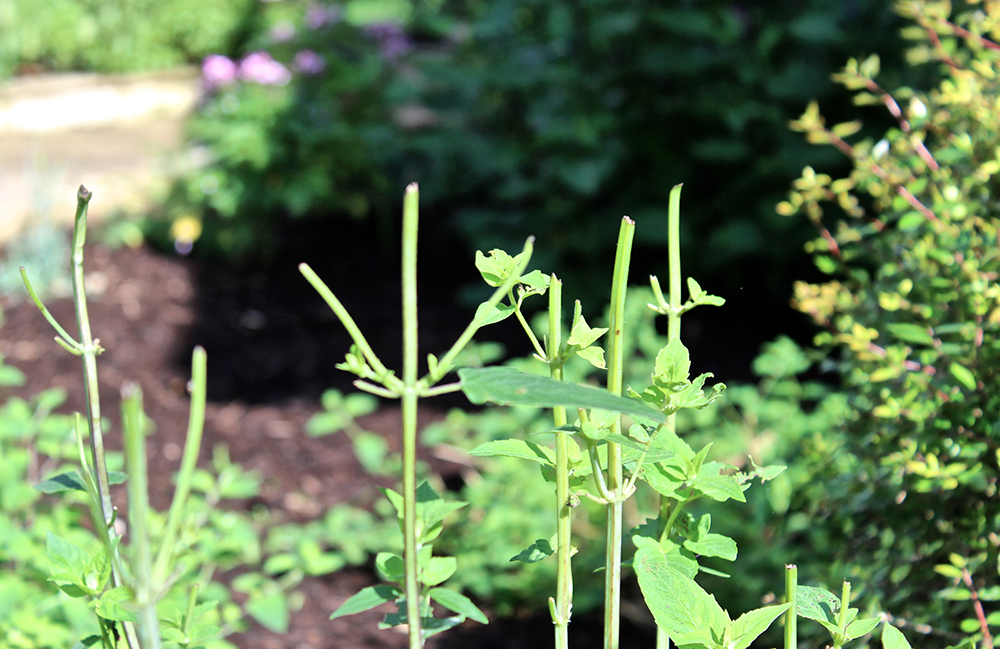February Tip: Seven principles of Xeriscaping
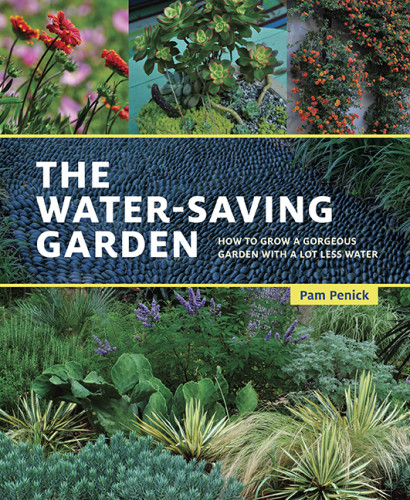 There are seven fundamental garden design principles that define that define what we call xeriscaping, water-wise gardening or drought tolerant landscaping. They serve to maximize water conservation through a simple set of steps that are easy to undertake. They include:
There are seven fundamental garden design principles that define that define what we call xeriscaping, water-wise gardening or drought tolerant landscaping. They serve to maximize water conservation through a simple set of steps that are easy to undertake. They include:
- Proper planning
- Soil improvement
- Fitting plant selections
- Practical lawn choices
- Efficient Irrigation
- Correct use of mulch
- Proper maintenance
It may be hard for some to visualize a drought-tolerant garden that doesn’t scream desert. It can be so much more than using only cacti and agaves in a rock bed – unless that’s the look you want. There are many lush, green, and brightly blooming xeric native and well-adapted plants from which to choose when creating a water-wise garden.
In Pam Penick’s newly released book, The Water-saving Garden – How to grow a gorgeous garden with a lot less water, she provides homeowners with both practical tips and beautiful water-saving design options in the garden.
Penick, a blogger and author who gardens in Austin, has traveled extensively to learn about drought-tolerant techniques and styles across the country.
According to Penick, there is no single “right way” to plant a garden that saves water. Her focus is on planting thoughtfully, using drought-tolerant plants, grouping plants by water needs, and making the most of the natural rain you have in your garden.
Read The Full Article

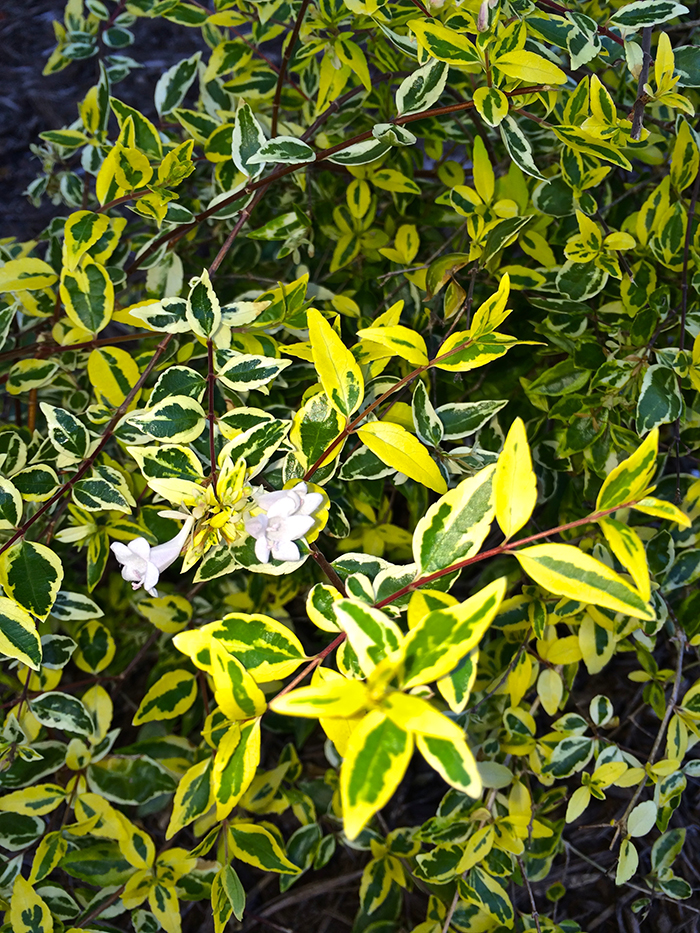

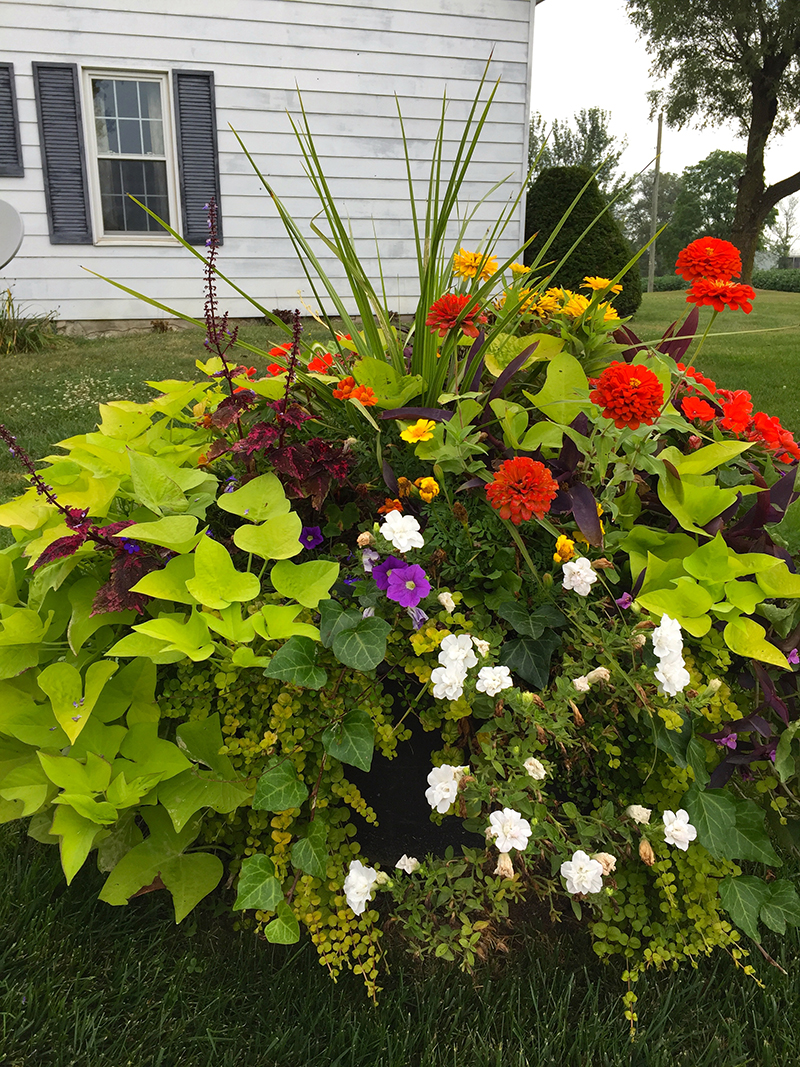
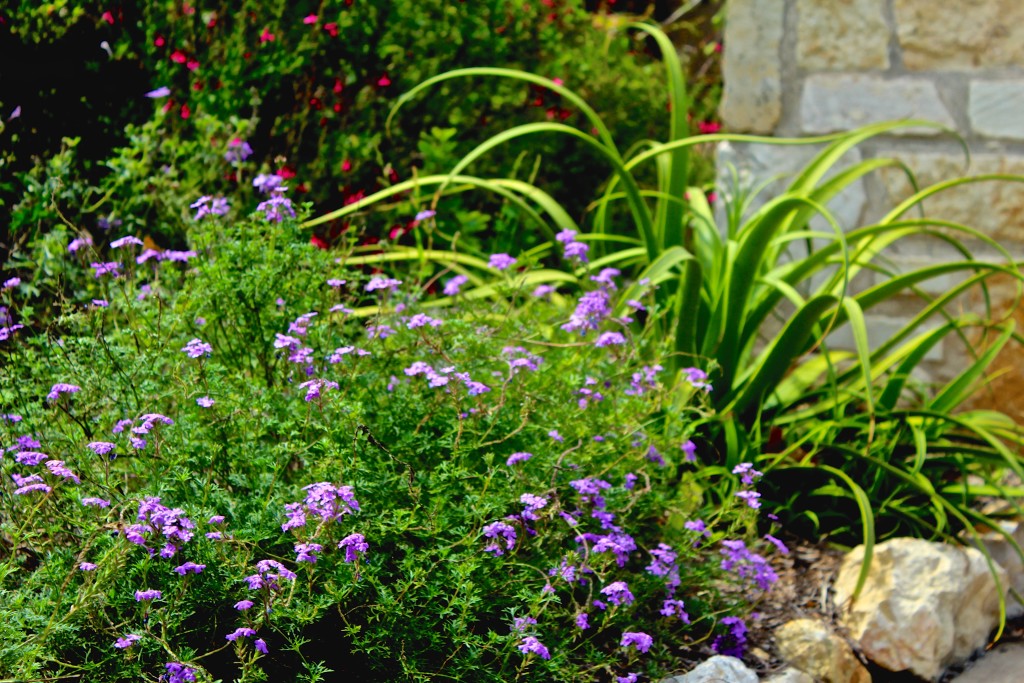 Most of the gardeners I talk to are eager to conserve water and to lighten their landscape maintenance load as they simplify their lifestyles.
Most of the gardeners I talk to are eager to conserve water and to lighten their landscape maintenance load as they simplify their lifestyles.